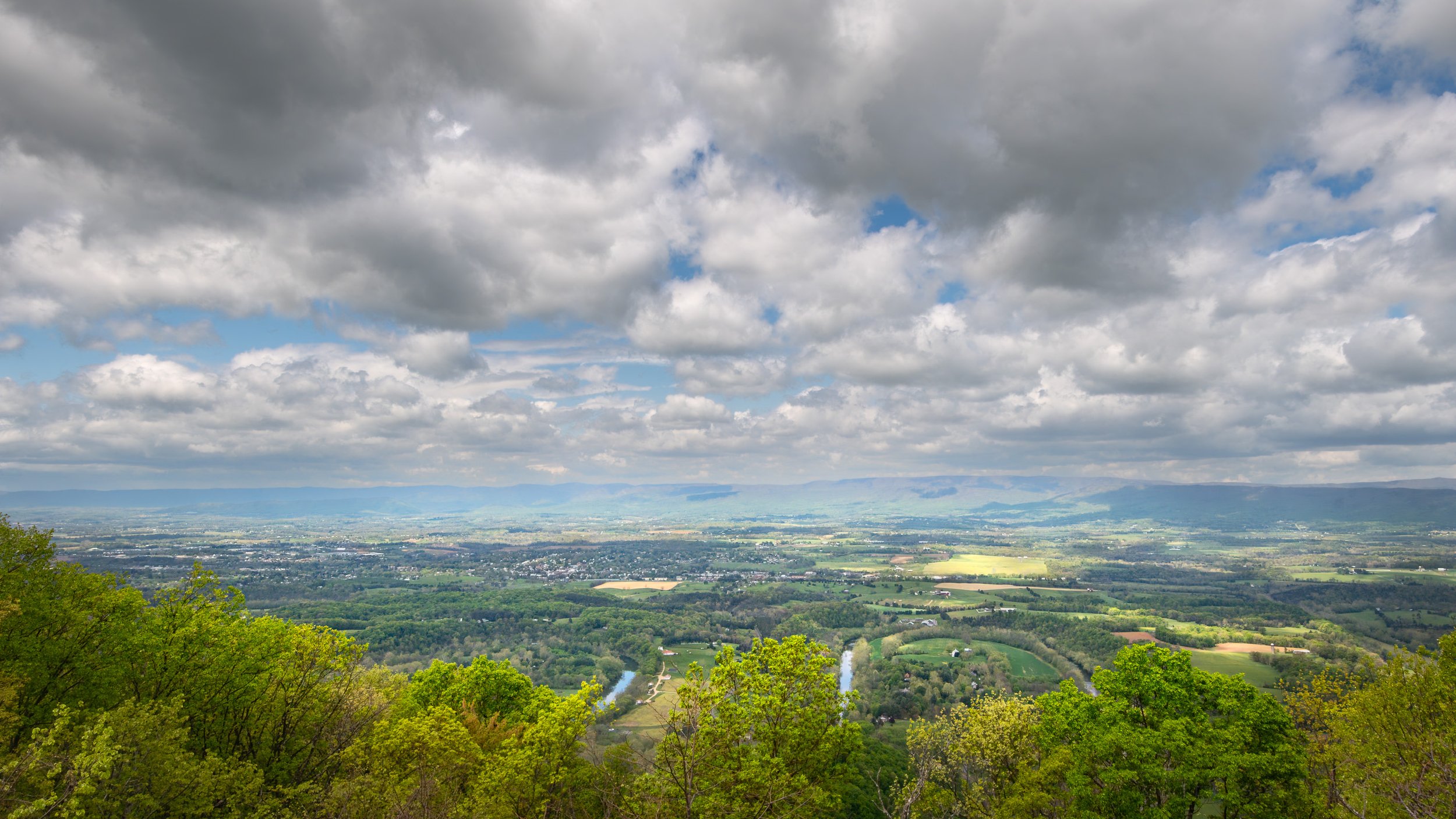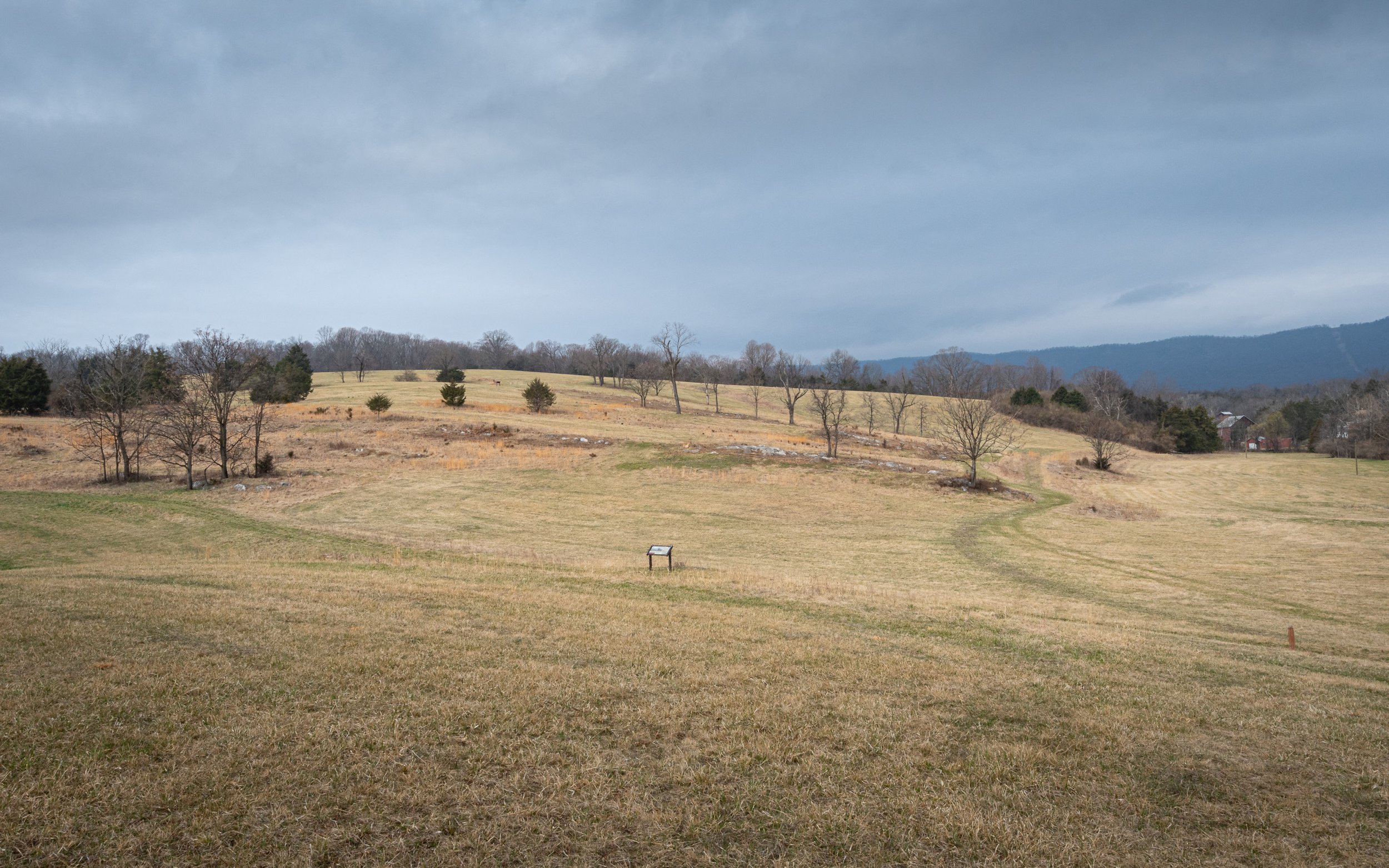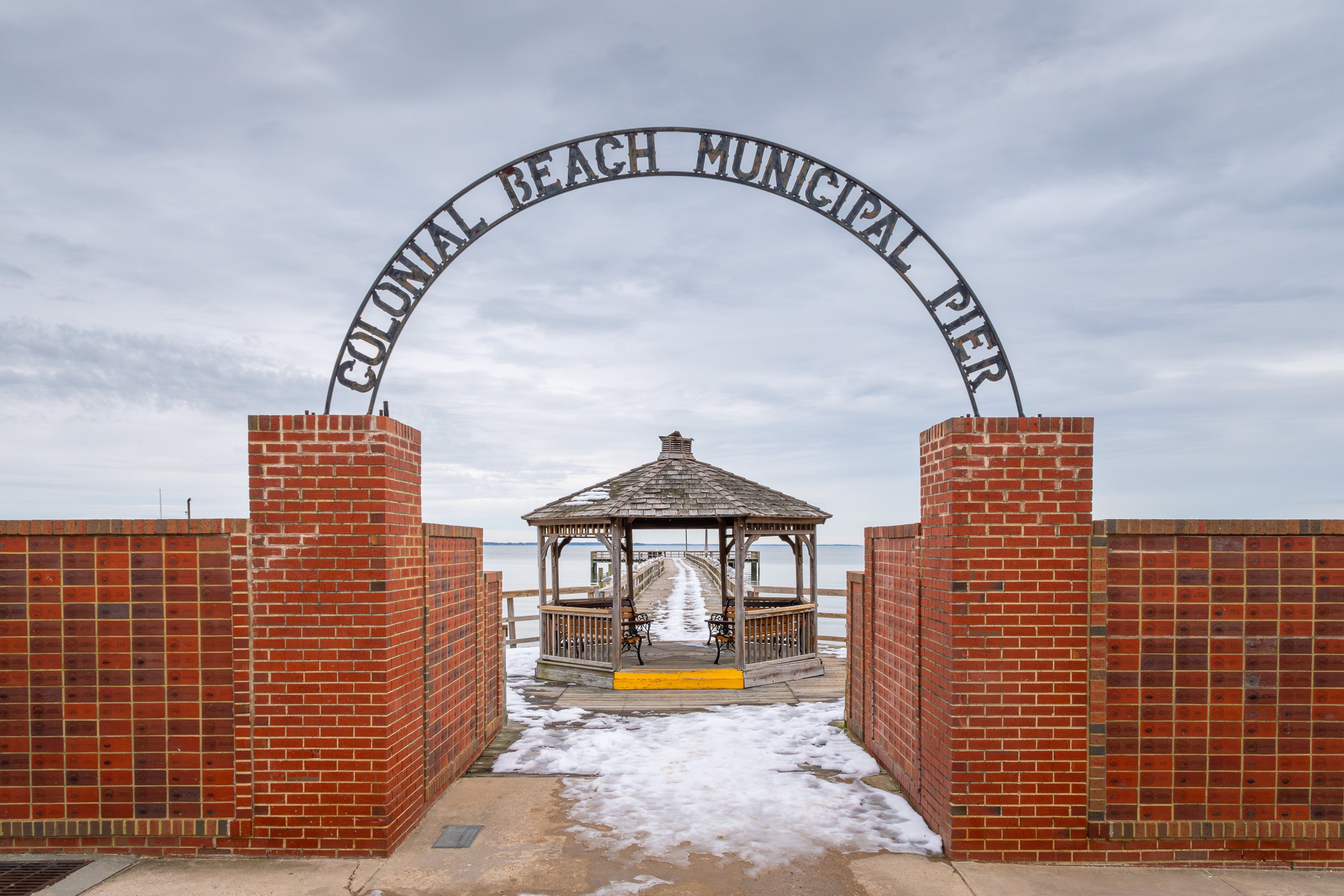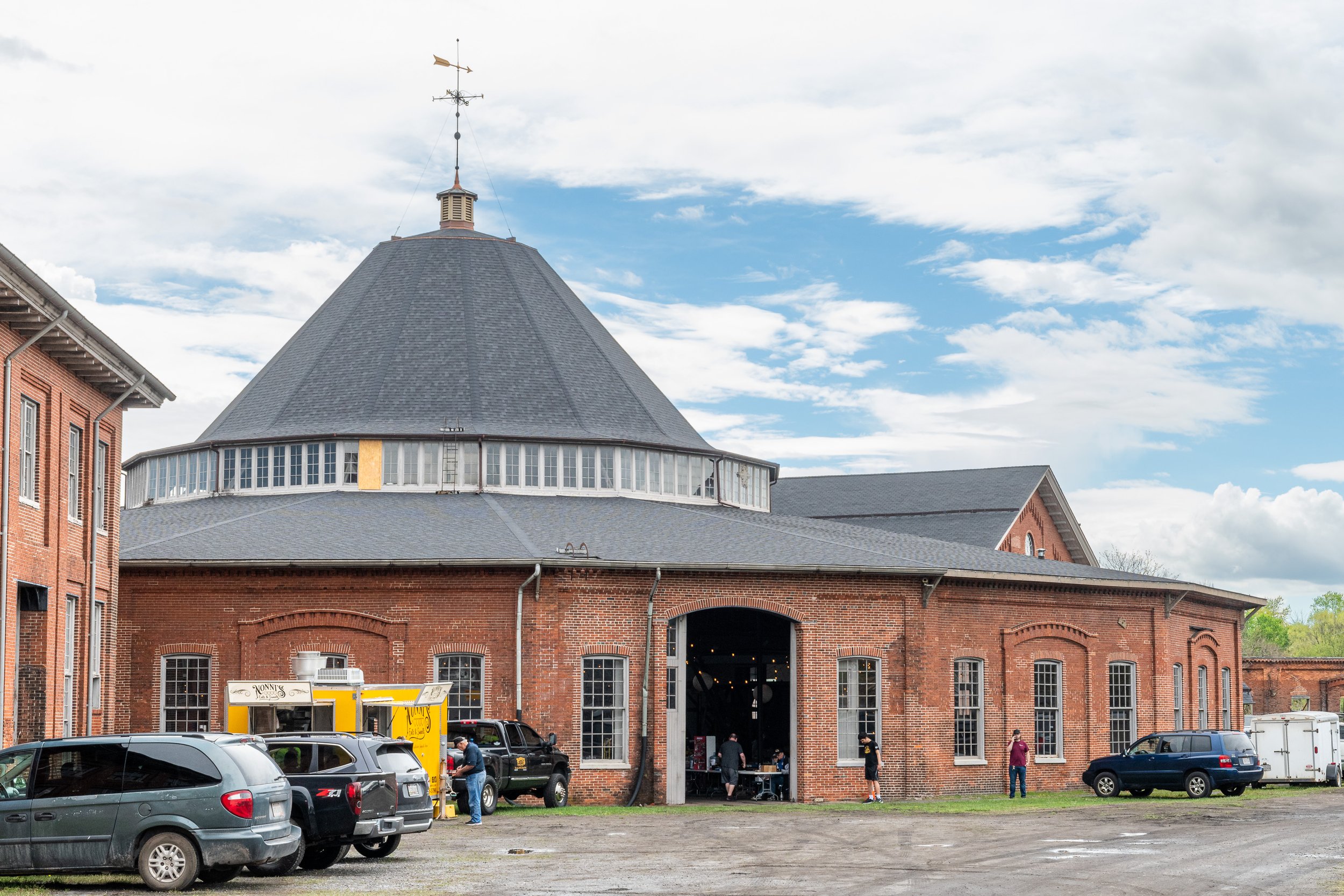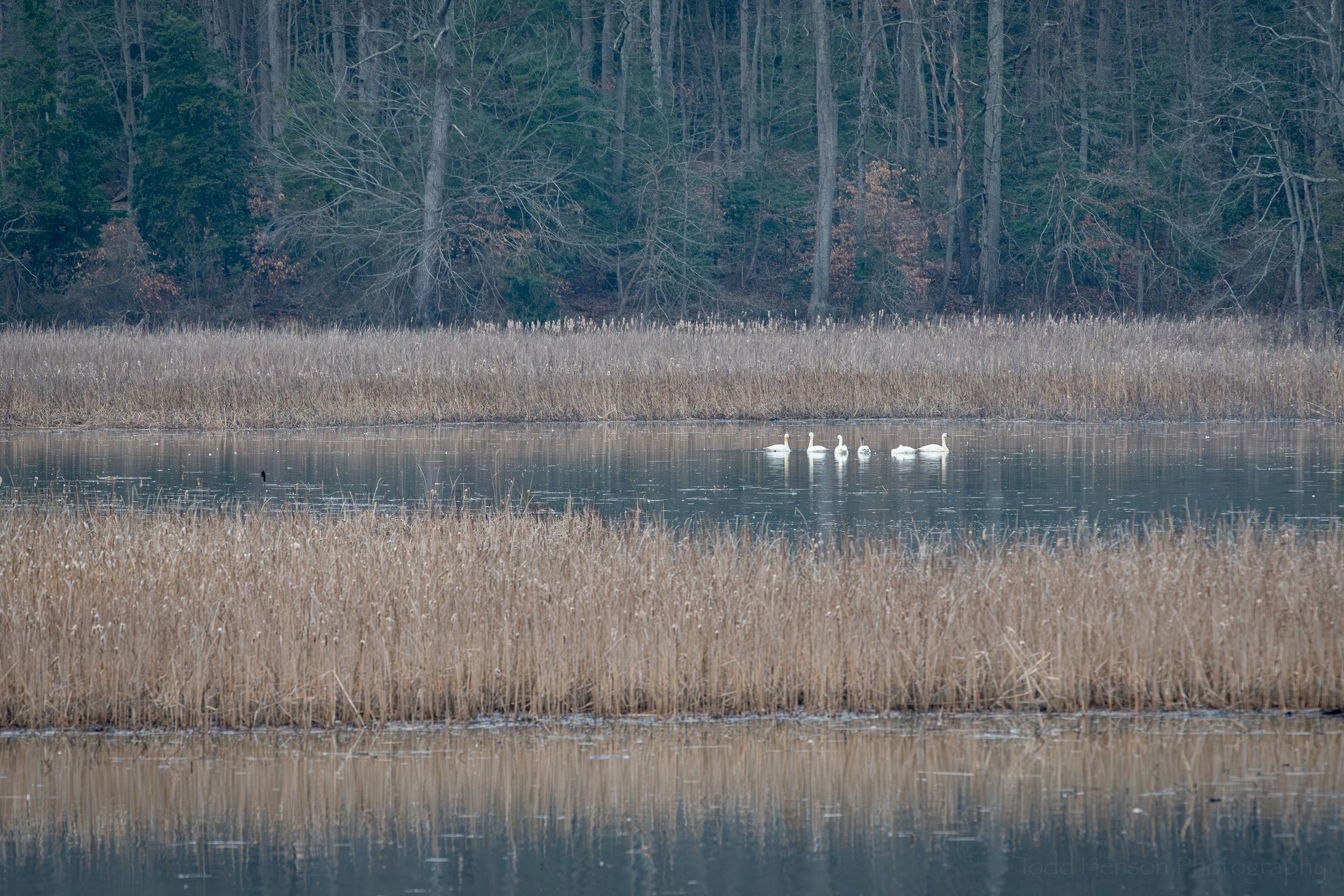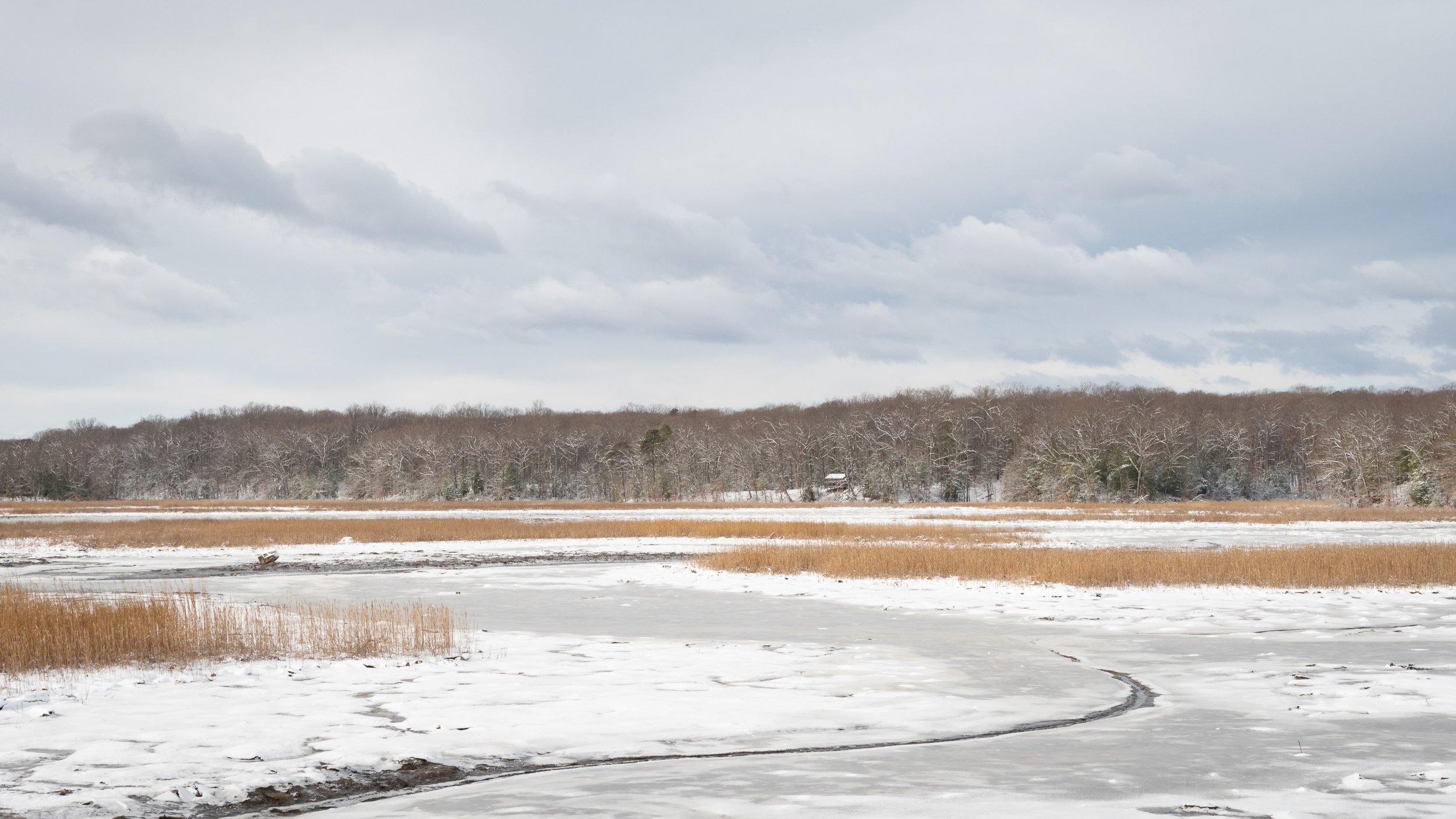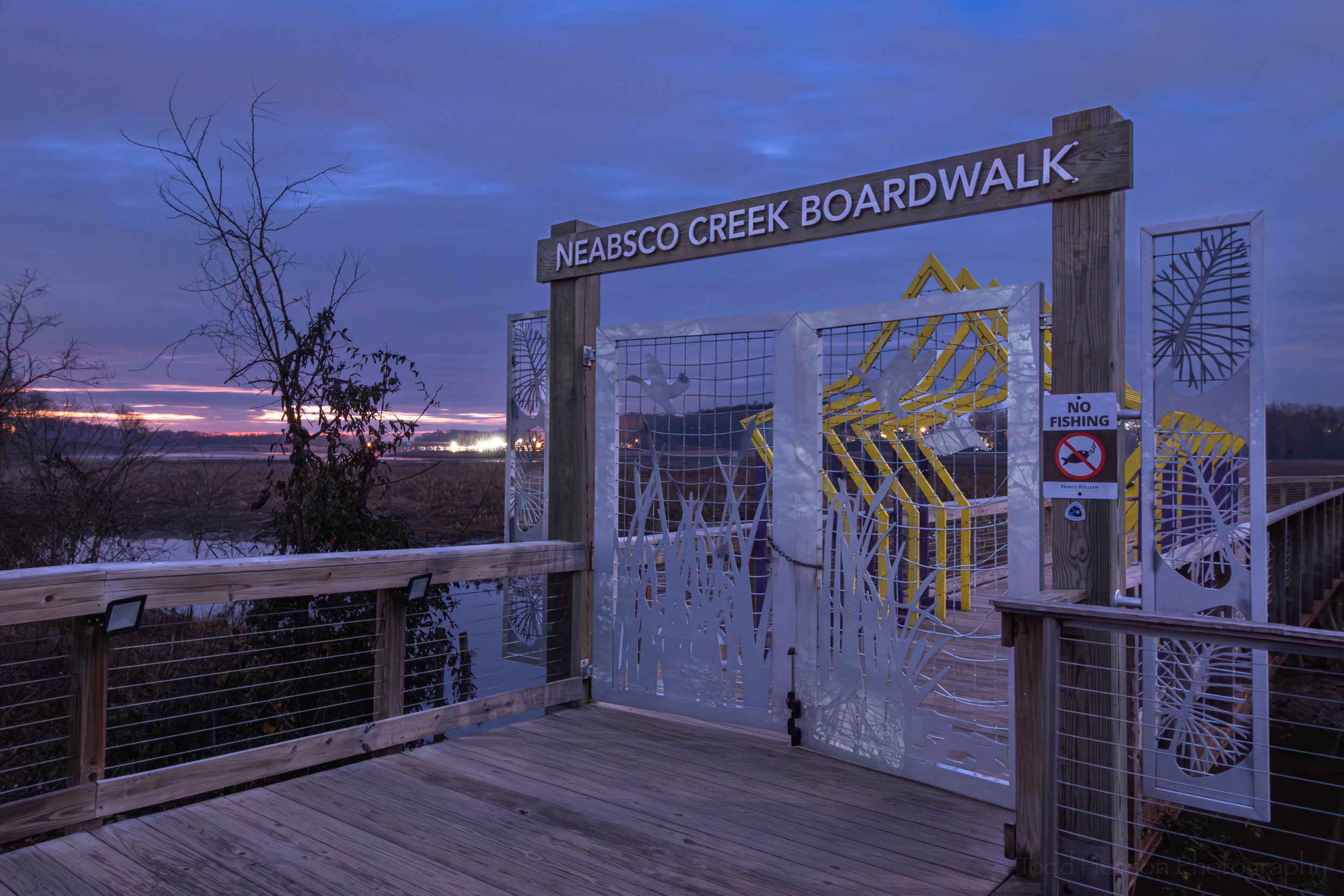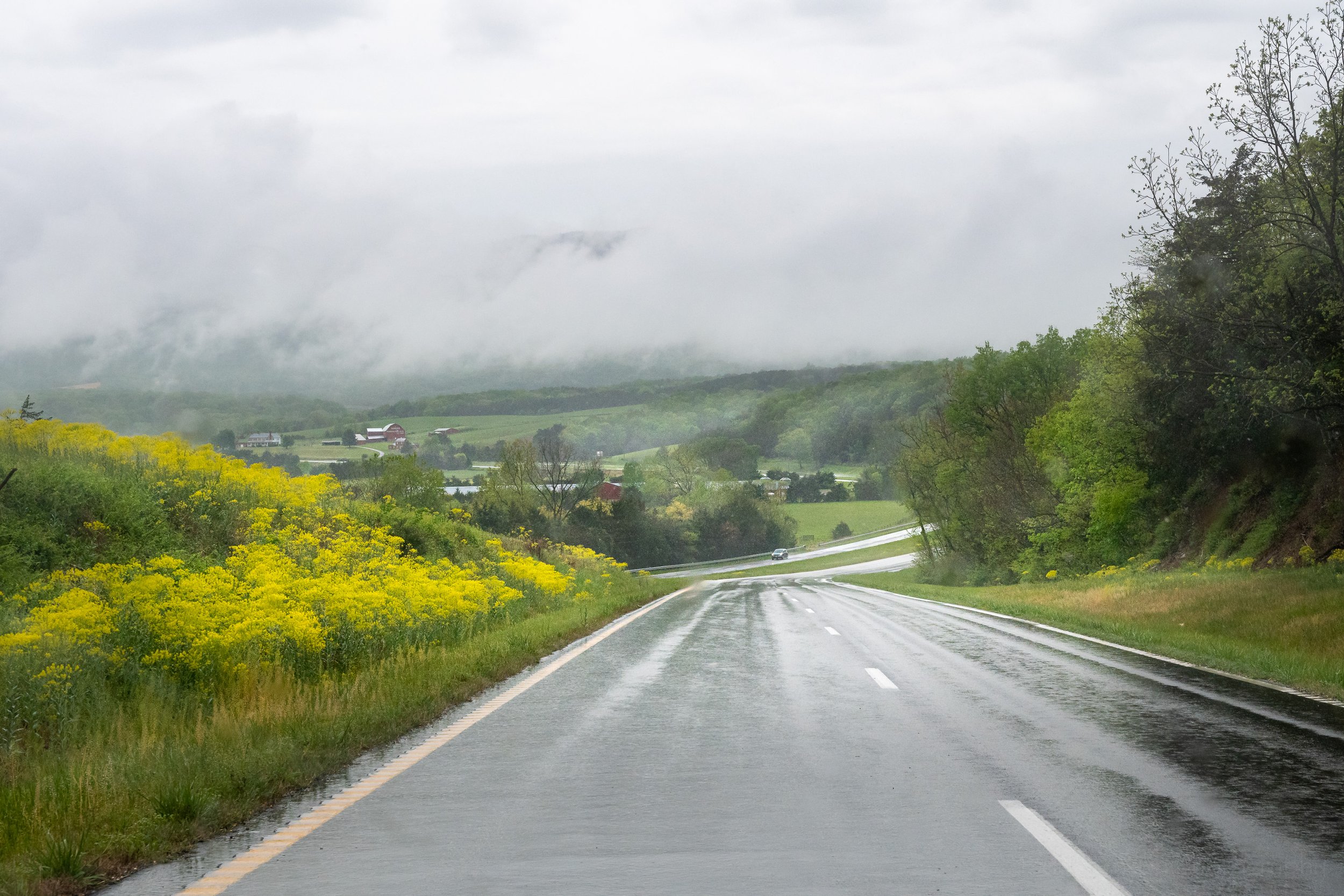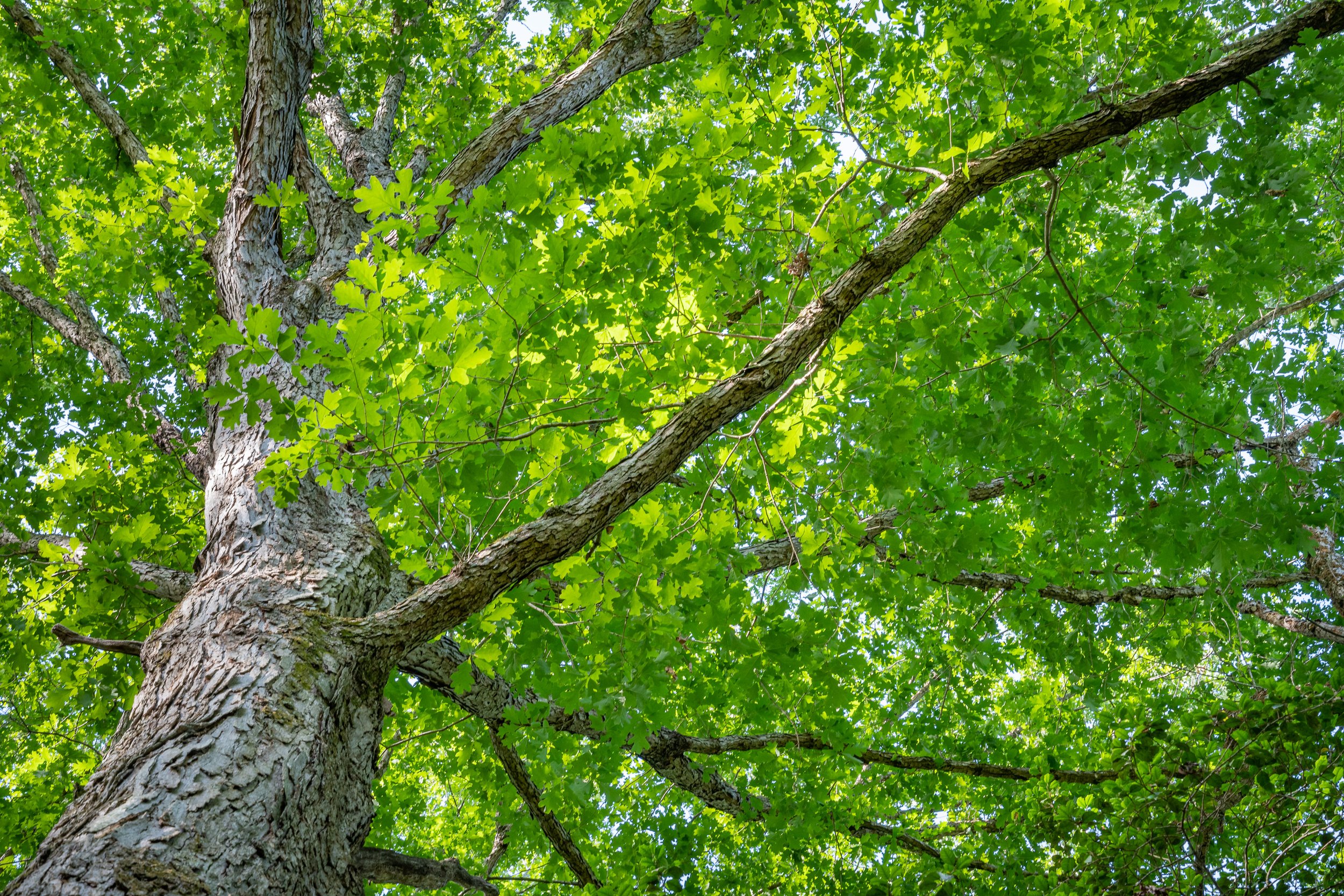Periodically I like to share a sampling of what one can see on a single visit to locations I enjoy. On most visits I don’t have any goals other than to enjoy the hike and see and photograph as much as I can. I accept what nature provides. And then I gather together what I’ve seen and share it with you.
Today’s post is about an early June morning spent hiking at Occoquan Bay National Wildlife Refuge, a hidden gem in northern Prince William County, Virginia. It’s located at the point where the Occoquan River flows into Belmont Bay, and then into Occoquan Bay, before merging with the Potomac River. It contains a variety of terrain and habitats, with trails along the waters edge, through wetlands, across grass fields, into the woods, and beside ponds.
Below is a small sampling of what I photographed on that morning. Click on any of the photos for a larger view.
Flowers
This can be a great location for photographing wildflowers throughout the year. They border many of the trails, so you don’t have to go far to see them. Do be careful, though, if moving into the grass and brush beside the trail. Some years ticks are plentiful here, so carry bug spray and check yourself after each hike.
A pink Virginia Rose
A beautiful American Water-willow growing along the shoreline.
A small cluster of Hairy Skullcap flowers
I plan on sharing more of the flowers in a future post, but today I’m sharing a bright pink Virginia Rose, a small cluster of Hairy Skullcap, and an American Water-willow. Many thanks to Steve Gingold for identifying the American Water-willow (USDA profile of American Water-willow / Lady Bird Johnson Wildflower Center profile of American Water-willow). Check out Steve’s blog for some great photography and education related to nature and the outdoors.
Butterflies
If you want to photograph butterflies it’s easiest if you can get here first thing in the morning, before the butterflies have become more active. But with a little patience you can still photograph them later in the morning or throughout the day. Those in this post were photographed between 9 to 10 in the morning.
A Monarch butterfly on milkweed.
A Zebra Swallowtail butterfly which proved a very patient subject.
A Skipper butterfly resting on grass. I don’t know the specific species of Skipper, but if you do let me know.
Many of the butterflies would fly away anytime I approached to photograph them. But occasionally one would sit still long enough for me to capture a few pictures. The Monarch was a challenge. It kept moving. The Skipper was a little easier to photograph, sitting still for a brief time before disappearing. The Zebra Swallowtail was a complete joy to photograph. It sat very patiently as I approached, letting me capture a number of photographs before moving on.
Reptiles & Amphibians
This is a perfect environment for a variety of reptiles and amphibians, so keep your eyes open while hiking. The first we found was a very small young Eastern American Toad, at least that’s what I think it is. It could be a Fowler’s Toad, as these do sometimes resemble one another. Let me know if you think I’ve misidentified it.
A very small young Eastern American Toad, or perhaps a Fowler’s Toad.
Further on we encountered two different snakes. The first was a Northern Watersnake feeding at the edge of the water. I shared a number of images of this watersnake in last week’s post. Not long after this we encountered a Northern Black Racer along the side of the trail. Whereas the watersnake didn’t react at all to our presence, the racer was very watchful, flicking its tongue, getting our scent as we stood around watching it.
A Northern Watersnake swallowing prey along the waters edge.
A Northern Black Racer snake, flicking its tongue as we watch.
Not long after this we ran into a Southeastern Mud Turtle trying to quickly get back to the swampy area just off the trail. I barely had time to snap a photograph before it was back in the brush.
A Southeastern Mud Turtle hurrying off the trail towards the swampy area.
Mammals
I’ve been fortunate to see many species of mammals here over the years, such as Coyote, Red Fox, White-tailed Deer and Northern Raccoon. On this particular day I photographed two very different species. One was an young Eastern Cottontail Rabbit just off the trail. It froze when it saw us, hoping we couldn’t see it. We just stood there, quietly, until it grew used to us and went back to eating the greenery on the ground. I love watching these rabbits.
A young Eastern Cottontail rabbit.
The second species was a most curious one, some form of mouse. It’s the first time I’ve seen one of these at the refuge. I don’t believe it’s native to these parts, and appears to have washed ashore. But it just goes to show, you can see all sorts of crazy and wonderful wildlife while hiking Occoquan Bay National Wildlife Refuge.
What strange species of mouse is this?
Parting Thoughts
This was a small sampling of what you might find at Occoquan Bay National Wildlife Refuge. There are so many other species to see here, whether they be insects, reptiles, or wildflowers. It’s also a good birding location, and in fact is a great place to see nesting Osprey and Bald Eagles.
One drawback during parts of the year are the biting insects. The hot humid months of summer can be miserable in parts of the refuge, especially those that border wetlands areas. And ticks can be very bad some years. So don’t forget your bug spray, and again, check yourself thoroughly after each hike. But don’t let this scare you off. This refuge has a lot to offer a nature lover. Check it out if you’re in the area.
Do you enjoy these posts?
Sign up to receive periodic emails with updates and thoughts. Don’t worry, I won’t spam you. And please consider purchasing artwork or products from my online store, and using my affiliate links in the sidebar to the right when shopping online.
I appreciate your support!
